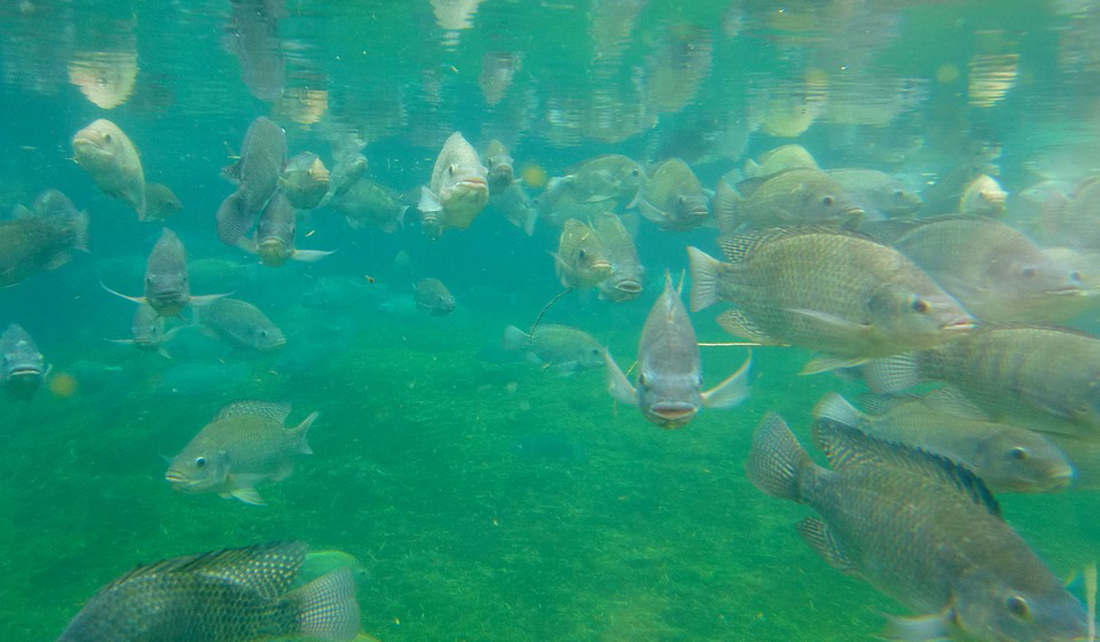
The National Sea Grant Office has announced three separate funding opportunities for aquaculture projects as part of the Sea Grant National Aquaculture Initiative. If Illinois or Indiana-based partners are interested in discussing state or regional ideas or opportunities, contact Illinois-Indiana Sea Grant Assistant Director Stuart Carlton. The second and third opportunities below require a Sea Grant program to serve as lead applicant.
- Social, Behavioral, and Economic Research Needs in Aquaculture – 2019, NOAA-OAR-SG-2019-2005953
The National Sea Grant Office anticipates around $3,000,000 will be available to support research to address critical gaps in social, behavioral, and economic knowledge as it relates to U.S. aquaculture and the communities impacted and served by it. The initiative is informed by the National Strategic Plan for Federal Aquaculture Research; the Sea Grant 10-Year NOAA Sea Grant Aquaculture Vision; and previous research from federal, state, and university scientists.
- Letters of intent are due April 2, 2019 (see formal announcement for details).
- Full proposals are due May 1, 2019 (see formal announcement for details).
- Formal announcement and related documents
- Exploring New Aquaculture Opportunities – 2019, NOAA-OAR-SG-2019-2005960
Sea Grant anticipates $1,500,000 will be available to support Sea Grant-led aquaculture projects to catalyze work in a range of topics or geographies. This competition will fund diverse, and at times, high-risk, developmental projects that will envision, explore and advance aquaculture opportunities where a minimal foundation currently exists.
- Letters of intent are due March 26, 2019 (see formal announcement for details).
- Full proposals are due April 24, 2019 (see formal announcement for details).
- Formal announcement and related documents
- Advanced Aquaculture Collaborative Programs – 2019, NOAA-OAR-SG-2019-2005963
Sea Grant anticipates at least $9,000,000 will be available to support the establishment of collaborative programs to build the capacity of Sea Grant and its partners to advance aquaculture in areas where a foundation of knowledge and activity currently exists but where significant barriers to sustainable domestic marine and Great Lakes aquaculture remain. These collaborative programs will serve as geographic or topic-based hubs for fully integrated, transdisciplinary research, outreach, and education that will provide broad, non-proprietary support and investment for building and/or enhancing an aquaculture industry.
- Letters of Intent are due April 15, 2019 (see formal announcement for details).
- Full proposals are due May 15, 2019 (see formal announcement for details).
- Formal announcement and related documents
For more information, view our Funding Opportunities page or contact Carolyn Foley with additional questions.

